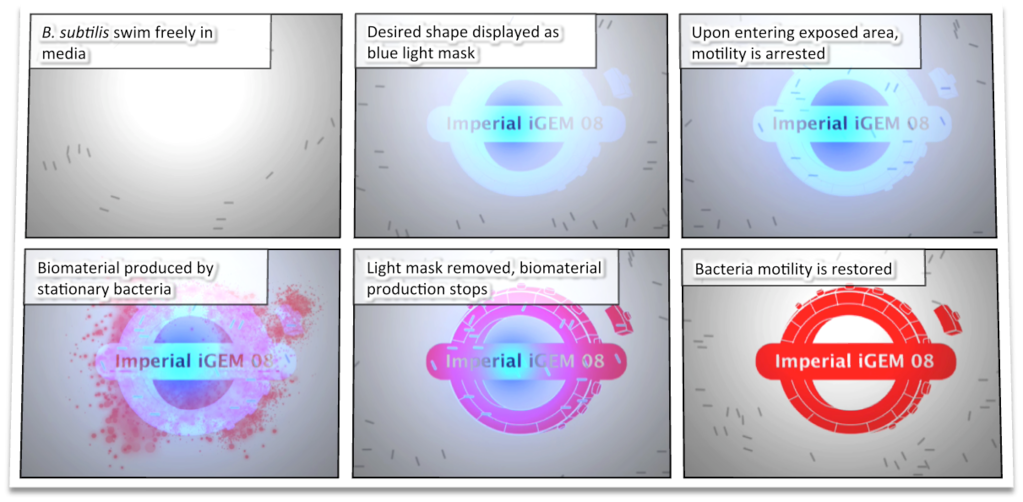Team:Imperial College
From 2008.igem.org
(Difference between revisions)
m |
m |
||
| Line 12: | Line 12: | ||
<html><center><img width="700px" src="http://i59.photobucket.com/albums/g305/Timpski/Comic_No_Title.png"></center></html> | <html><center><img width="700px" src="http://i59.photobucket.com/albums/g305/Timpski/Comic_No_Title.png"></center></html> | ||
| - | |||
| - | |||
| - | |||
Please continue on to our project pages - you may want to start with our [[Team:Imperial_College/Project/| '''>>> Project Specifications >>>''']]}} | Please continue on to our project pages - you may want to start with our [[Team:Imperial_College/Project/| '''>>> Project Specifications >>>''']]}} | ||
Revision as of 20:22, 19 October 2008
| |||||||||||||||
 "
"







